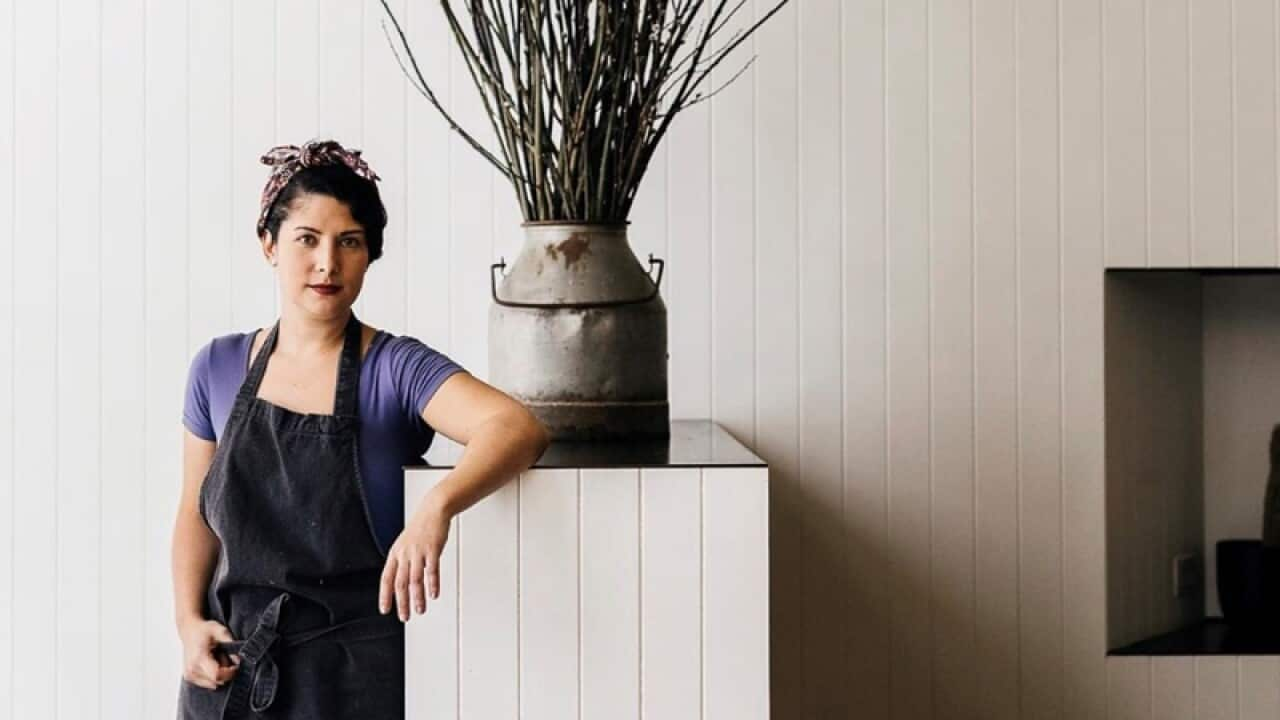--- Explore life at the bottom of the world in Tasmania in , 8.30pm Thursdays from 18 November on SBS Food and SBS On Demand. ---
Australia is home to a variety of seaweed. There are all sorts of sizes, colours and shapes, which contain different nutrients and flavours. Many types are edible and most are surprisingly tasty.
, the co-founder and CEO of environmental organisation , says we have about 14,000 recorded seaweed species. "There are more of those species in Australia than anywhere else in the world," he says.
"We're just at the tipping point of really understanding what we could do essentially do with our native seaweeds."
Sea lettuce (Ulva lactuca)
One type of seaweed you can find in Australia is sea lettuce. This bright green algae is found in Tasmania year-round in shallow sub-tidal rock pools or on rocks near the shore.
, host of SBS Food's , says: "It's bright green and has a crunchy, briny taste."
It comes into its own with a deep, almost truffle like flavour.
While she doesn't like the texture of it when fresh ("I used to call it 'sea plastic'"), she loves it when dried. "It comes into its own with a deep, almost truffle like flavour. I tend to dry it, then fry it to make crispy snacks, or powder it to use in dishes. I've just started experimenting with braising it too and making sauces."
Sea lettuce not only increases the flavour of a dish, but is a of omega-3, protein, vitamins and minerals.

Analiese Gregory forages for wakami in Tasmania. Source: Supplied
Wakame (Undaria pinnatifida)
Although (in fact, it's considered a pest), wakame is a seaweed that's found on Tasmania's shores.
"There are three main parts to the plant: the leaves, stem and mekabu, or the fruiting base of the seaweed, and they all have different textures and uses," Gregory explains. "The leaves I like to dry and powder or use in soups and stocks. The stem I pickle and use as a sea vegetable. The mekabu I braise down slowly in sake, soy, mirin and water till completely soft, then chop it finely and cook it out to a jam consistency."
Wakame is a good source of umami, and Elsom explains that it has high concentrations of fucoidans, which are extracted as powerful anti-inflammatories.
SEAWEED AND EAT IT

Wakame jam
Asparagopsis
Asparagopsis is a seaweed that's grows in Tasmania. For the past three and a half years, Elsom and the team at Sea Forest plant this seaweed in an effort to combat climate change.
When included in very low quantities as a feed supplement, asparagopsis from livestock.
"Seaweed is what they call a zero input, so it doesn't require fresh water, fertilisers or pesticides to grow. It also photosynthesises and draws out carbon dioxide," Elsom explains. "Our oceans have increased acidity because of climate change [], so we need more plants in the ocean to draw out all this CO2."
Next time you're at the beach, keep your eye out for this salad of the sea. You can collect small quantities of cast seaweed from public beaches in Tasmania but harvesting from the ocean is illegal without a permit.
Forage lightly and mindfully, only cutting a small leaf off without taking the whole plant. This gives seaweed a chance to regrow, so you continue enjoying seaside sandwiches for years to come.









